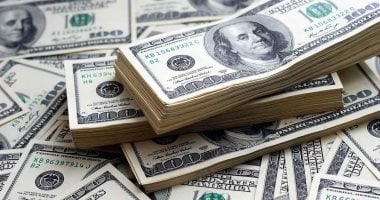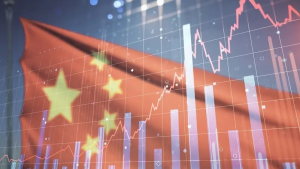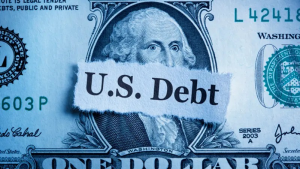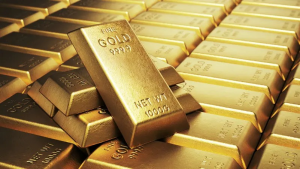The dollar wobbled near a seven-month low on Tuesday on bets the U.S. central bank will start cutting interest rates from next month, with traders bracing for comments from Federal Reserve Chair Jerome Powell on Friday.
The weakness in the dollar lifted the euro to its highest this year, while sterling was perched near a one-month peak. The MSCI's emerging markets currency index also hit a record high.
Sweden's crown fell after the central bank cut rates by 25 basis points (bps) and forecast two or three further easing moves in 2024. It was last down 0.33% at 10.27 versus the U.S. dollar.
The focus this week will be Powell's speech during an annual gathering of central bankers in Jackson Hole, but minutes of the Fed's last meeting - due on Wednesday - will also be in the spotlight.
Some analysts say the next few weeks will likely prove decisive on whether the Fed cuts by 50-75 bps this year or by 150 bps or more. The Jackson Hole conference is the first opportunity for the Fed to push back against the chance of a 50-bps cut at one of the year's three remaining meetings, they add.
While labour market deterioration led to expectations for a bigger rate cut in September, data since then has been mixed with upbeat retail sales signalling that consumer demand remains resilient.
Still, the U.S. economy remains "susceptible to a recession if there's a financial shock", said Thierry Wizman, global forex and rates Strategist at Macquarie.
"But that financial shock may not be forthcoming," he added. "In that case, we may stay at below-trend growth and look 'peakish', until the Fed has eased sufficiently."
Markets are pricing in a 24.5%-chance of a 50-bps cut in September, down from 50% a week ago, with a 25-bps reduction having odds of 75.5%, the CME FedWatch Tool showed. Traders are pricing in a total of 93 bps of cuts this year.
A slim majority of economists polled by Reuters expect the Fed to cut rates by 25 bps at each of the remaining three meetings.
The euro last fetched $1.1077 on Tuesday having touched $1.1087, its highest since Dec. 28 in early trading. The single currency is up 2.4% this month, on course for its strongest monthly performance since November.
The dollar index, which measures the U.S. currency against six rivals, was last at 101.86 after touching its lowest since Jan. 2 of 101.76 earlier on Tuesday. The index is down more than 2% in August and set for a second month in the red.
The U.S. rate cut expectations also lifted the Australian and the New Zealand dollars near their one-month highs.
UEDA AWAITED
The Japanese yen was slightly weaker at 146.98 per dollar, still close to the near two-week high it touched in the previous session but grinding away from the seven-month high of 141.675 it touched at the start of August.
Bouts of intervention by Tokyo at the start of last month and a surprise rate hike have pulled the yen away from the 38-year lows of 161.96 it was stuck at in early July and wrong footed investors who sharply cut their bets against the yen.
Investor attention will be on Bank of Japan Governor Kazuo Ueda when he appears in parliament on Friday. Ueda is expected to discuss the BOJ's decision last month to raise rates and the focus will be on whether he sticks to his recent hawkish tone.
Claudio Wewel, strategist at Bank J. Safra Sarasin, said the yen's pace of appreciation will likely be more gradual as the data shows most speculative short positions have been cleared.
The latest weekly data to Aug. 13 showed leveraged funds - typically hedge funds and various types of money managers - flipped their long-standing short yen position and are now net long for the first time since March 2021.
Barclays recalled that monthly data showed retail investors halved their net short U.S. dollar/yen positions in July as the yen rallied amid a resurgence in BOJ rate hike expectations.













